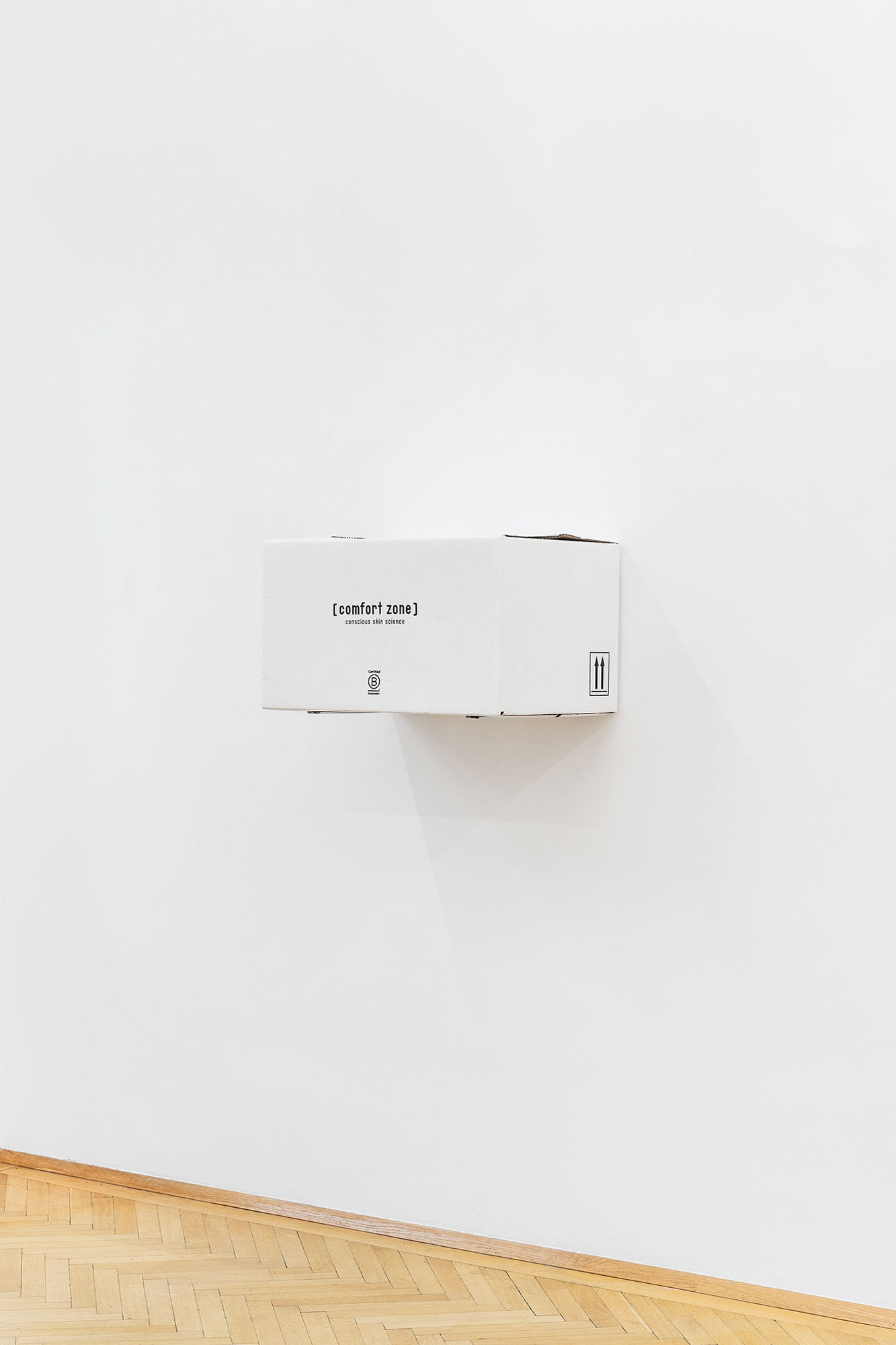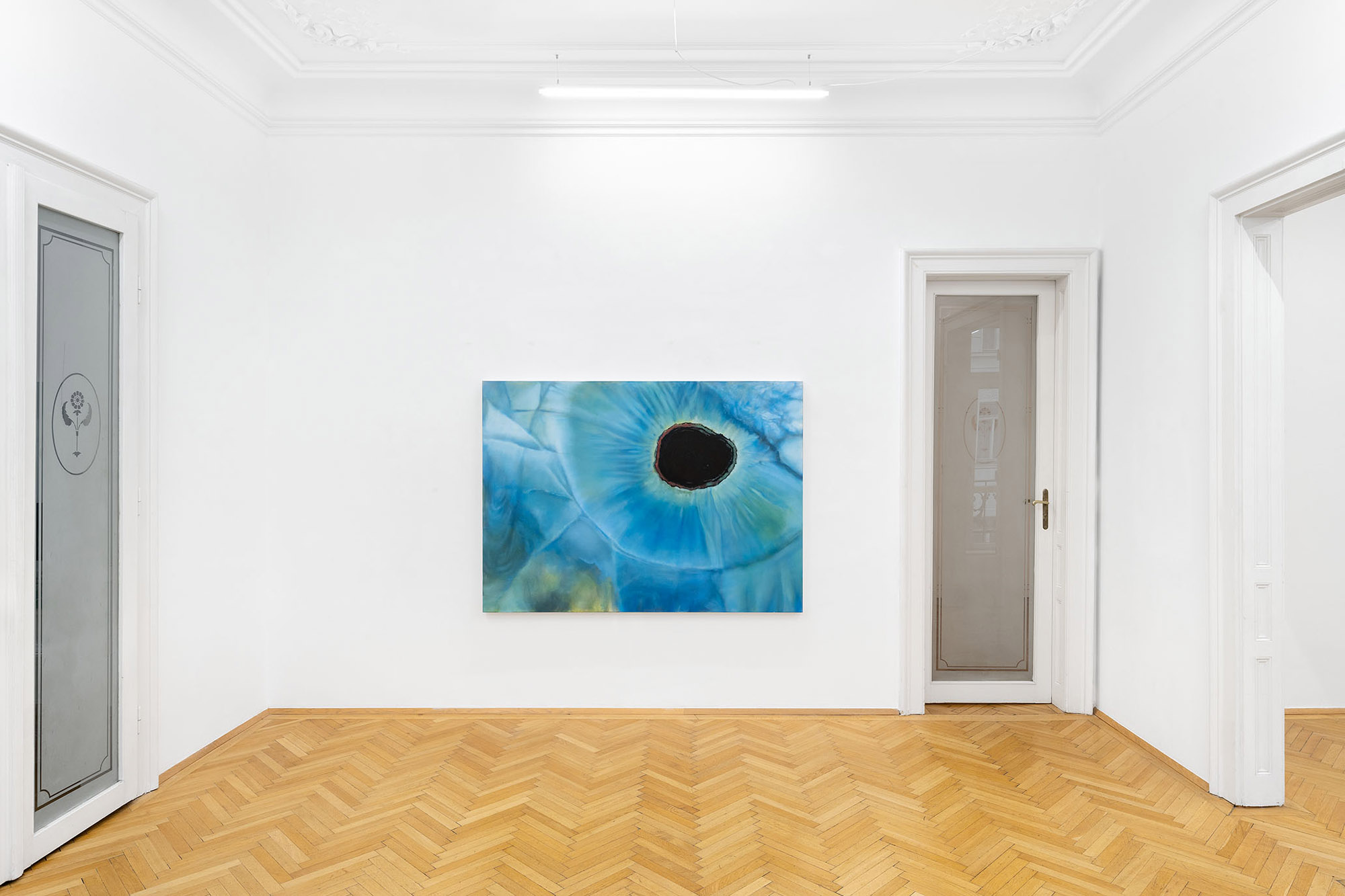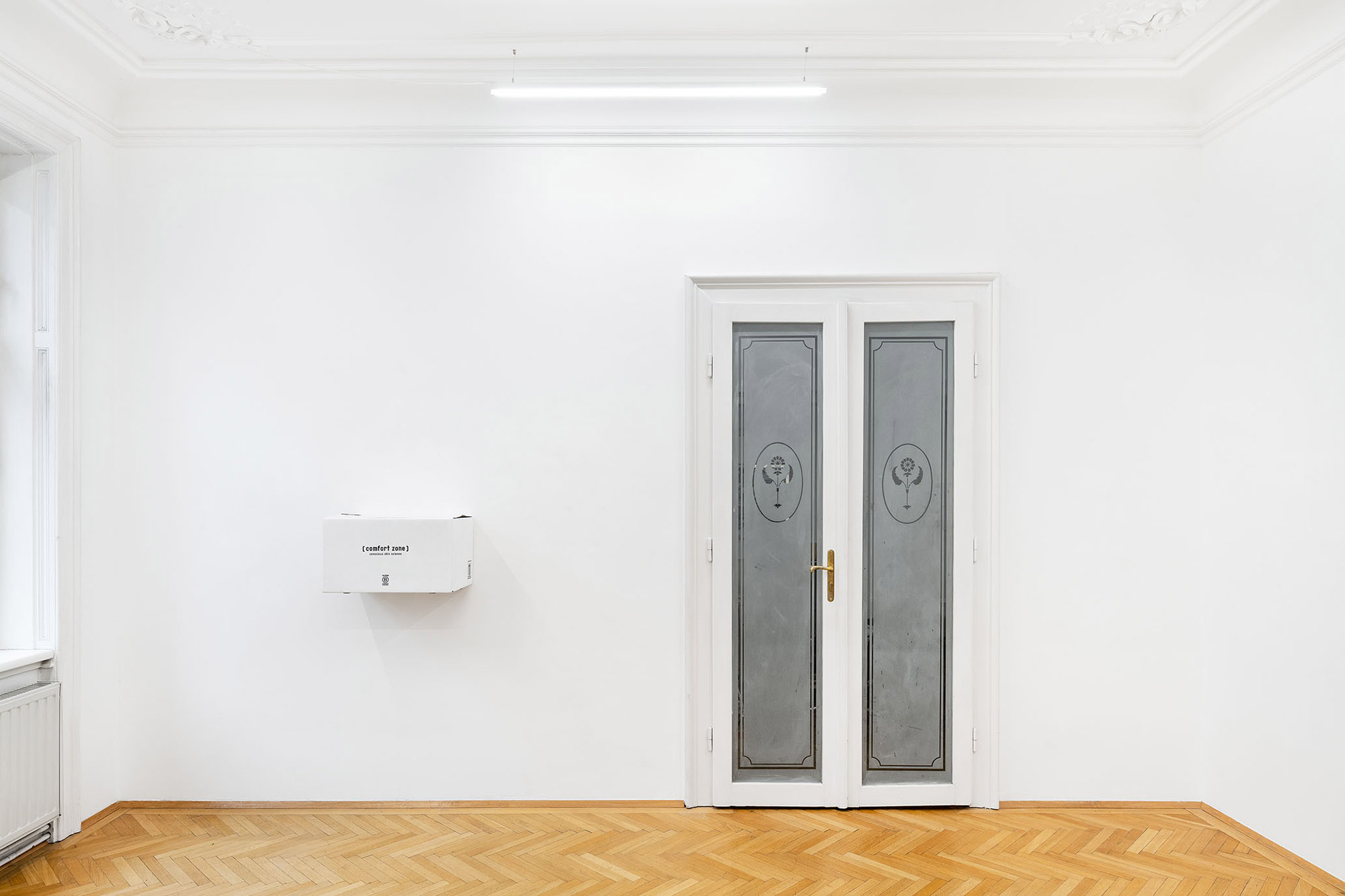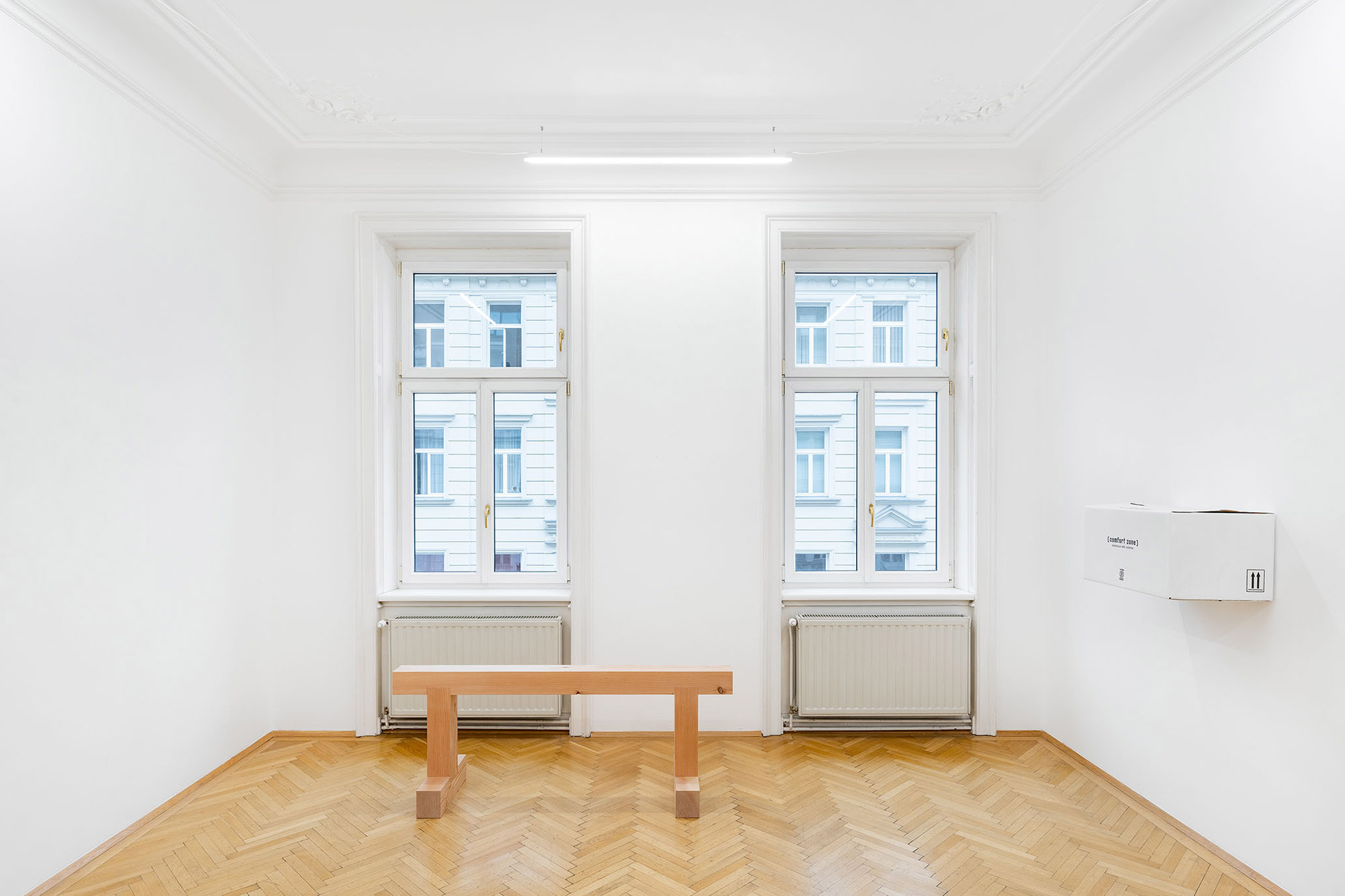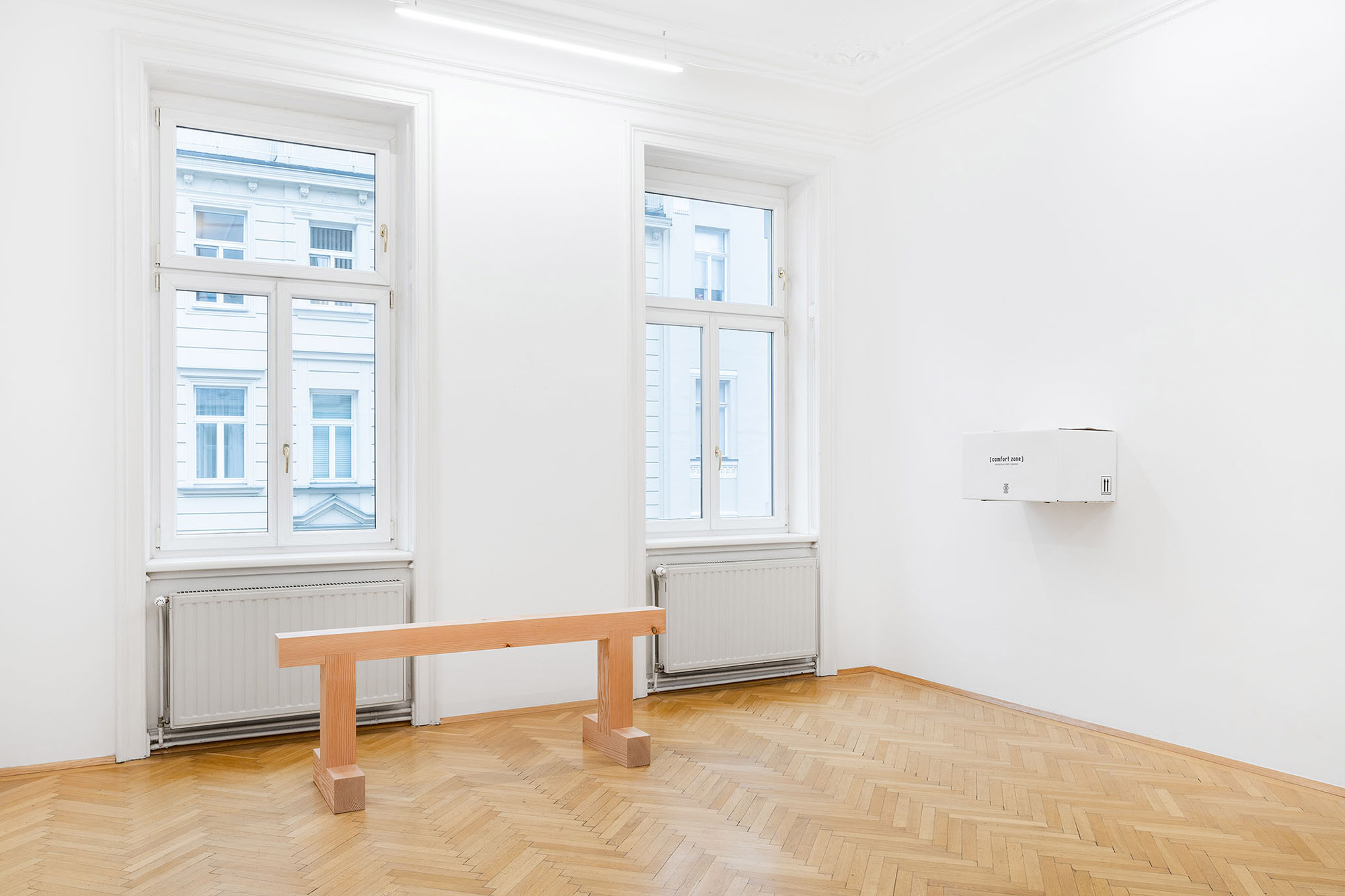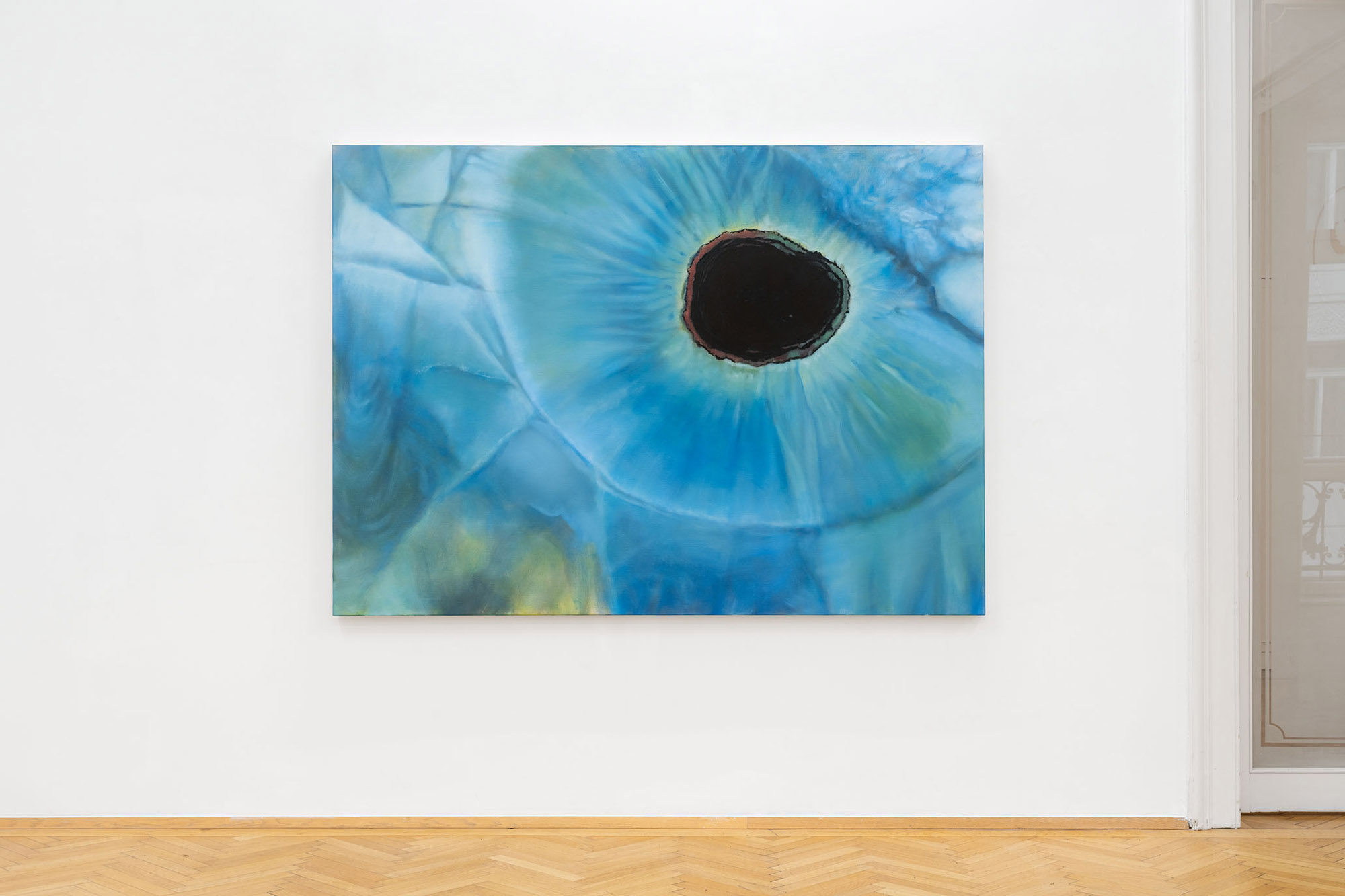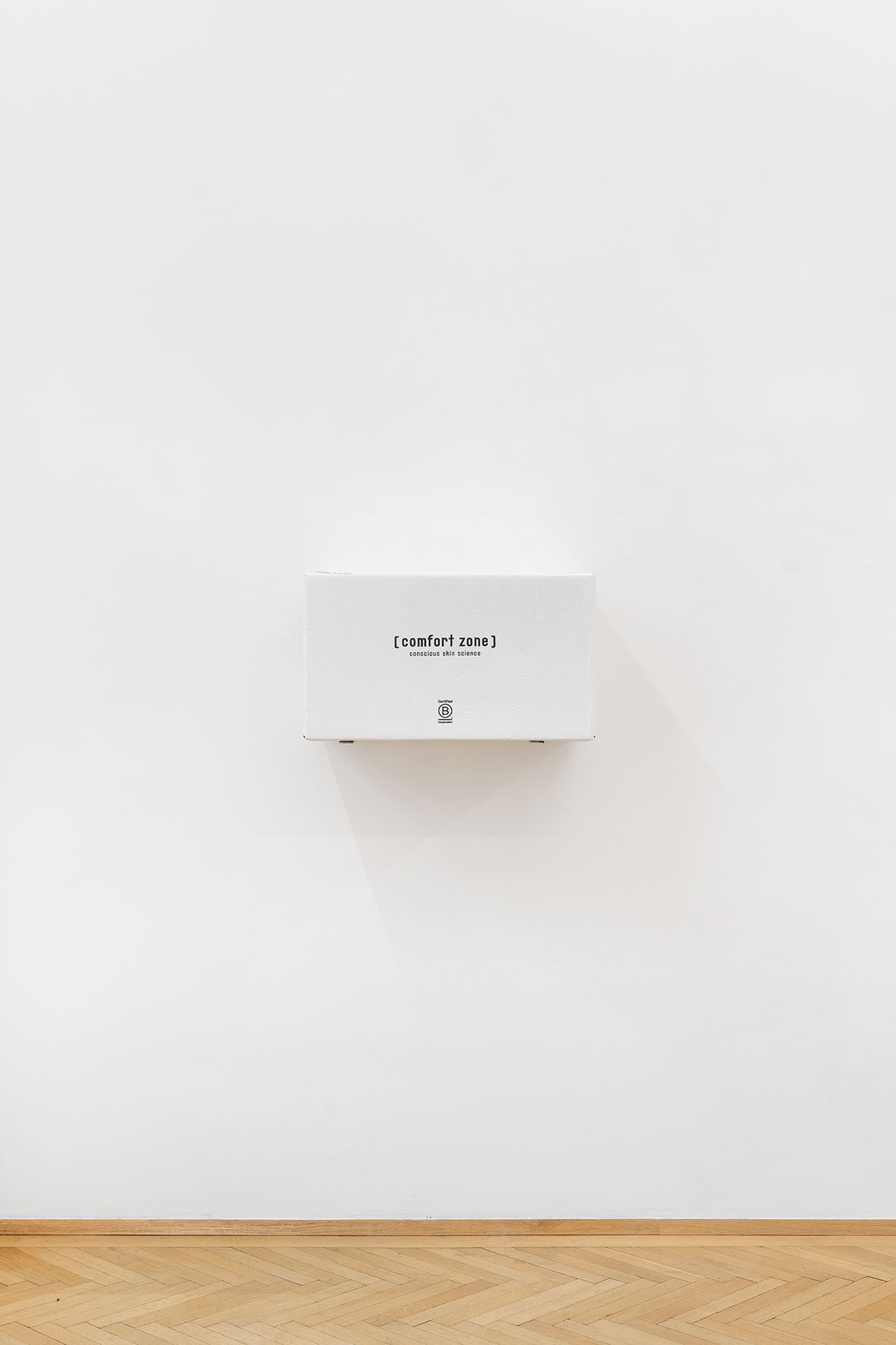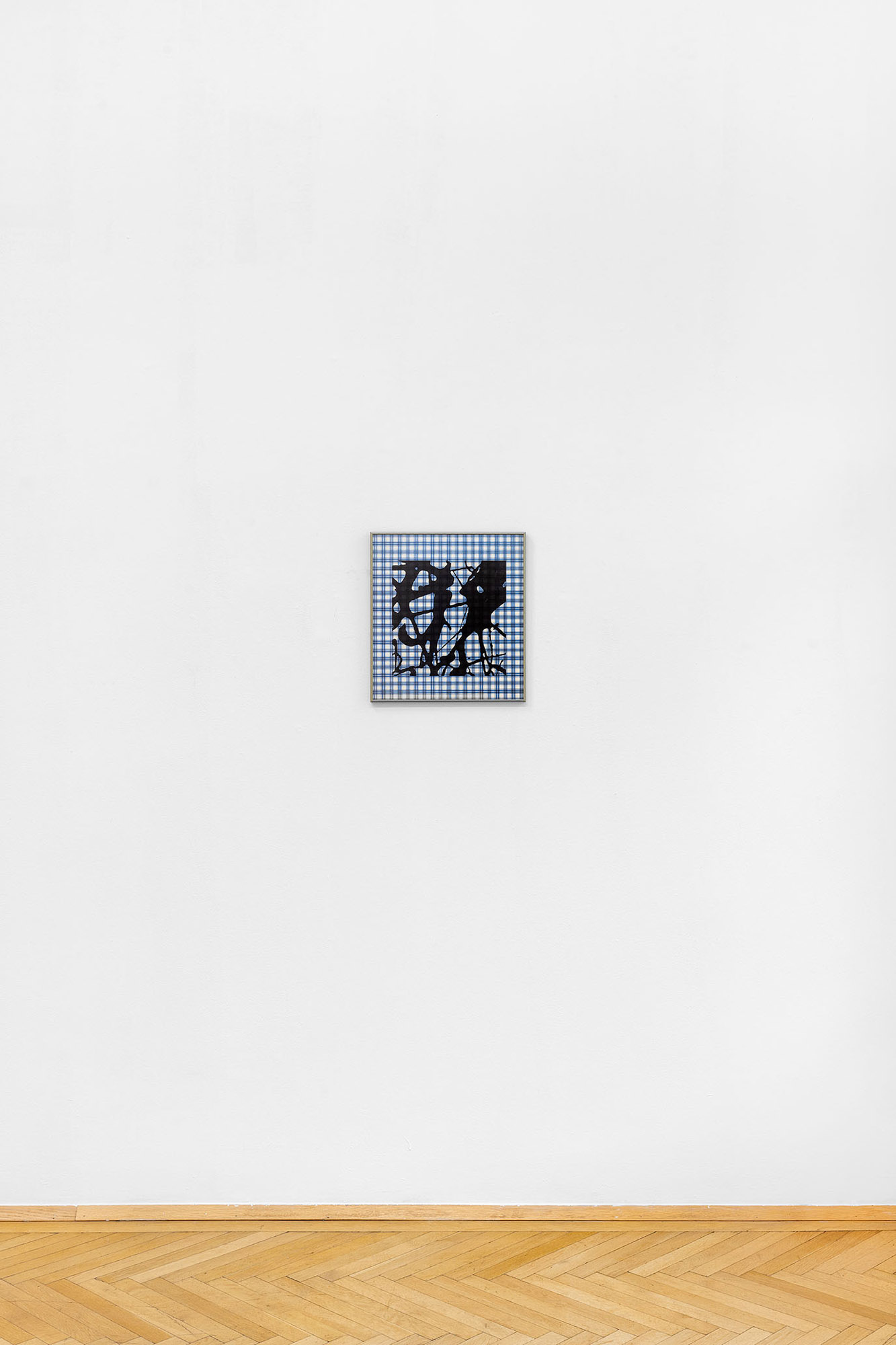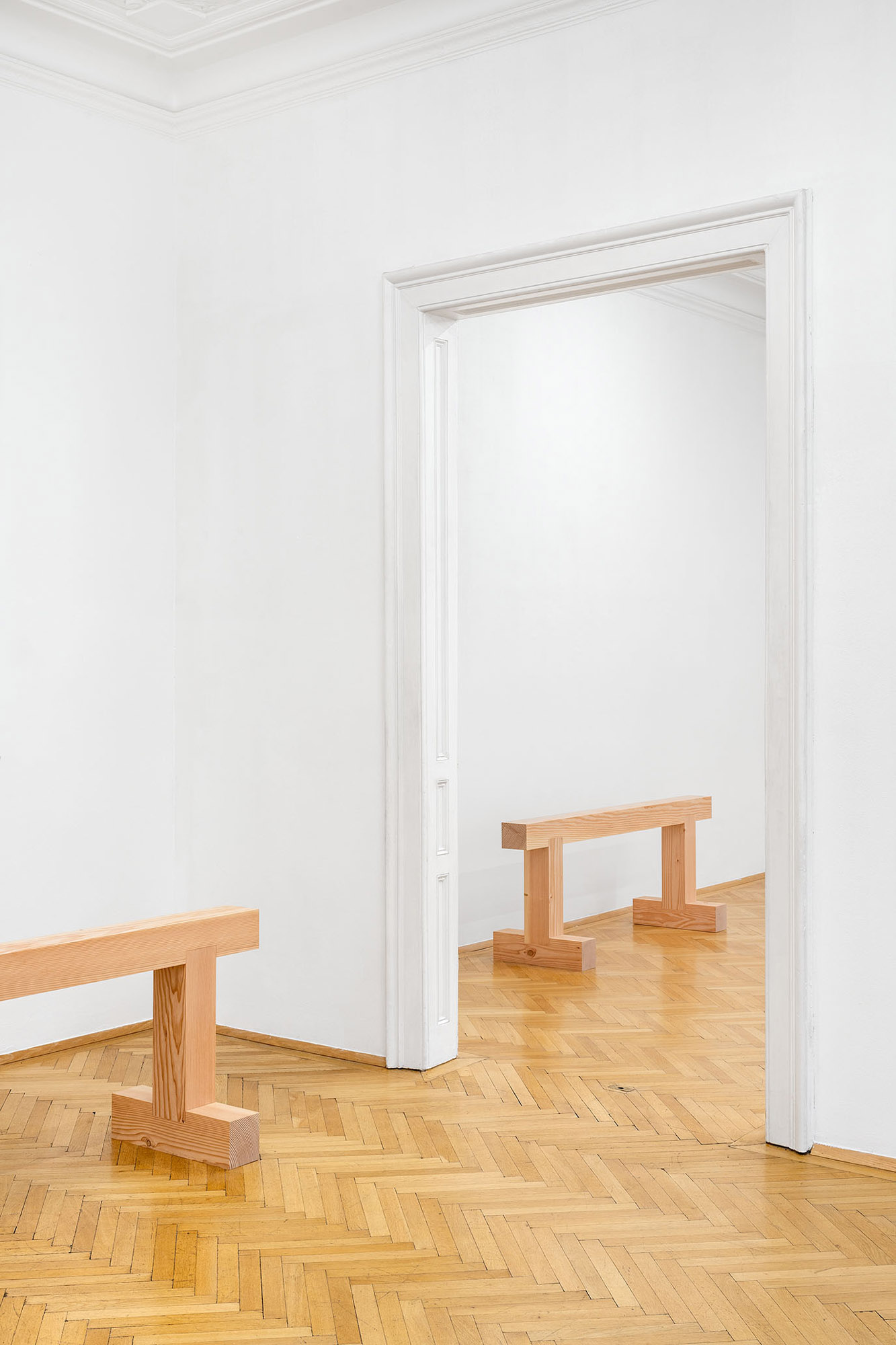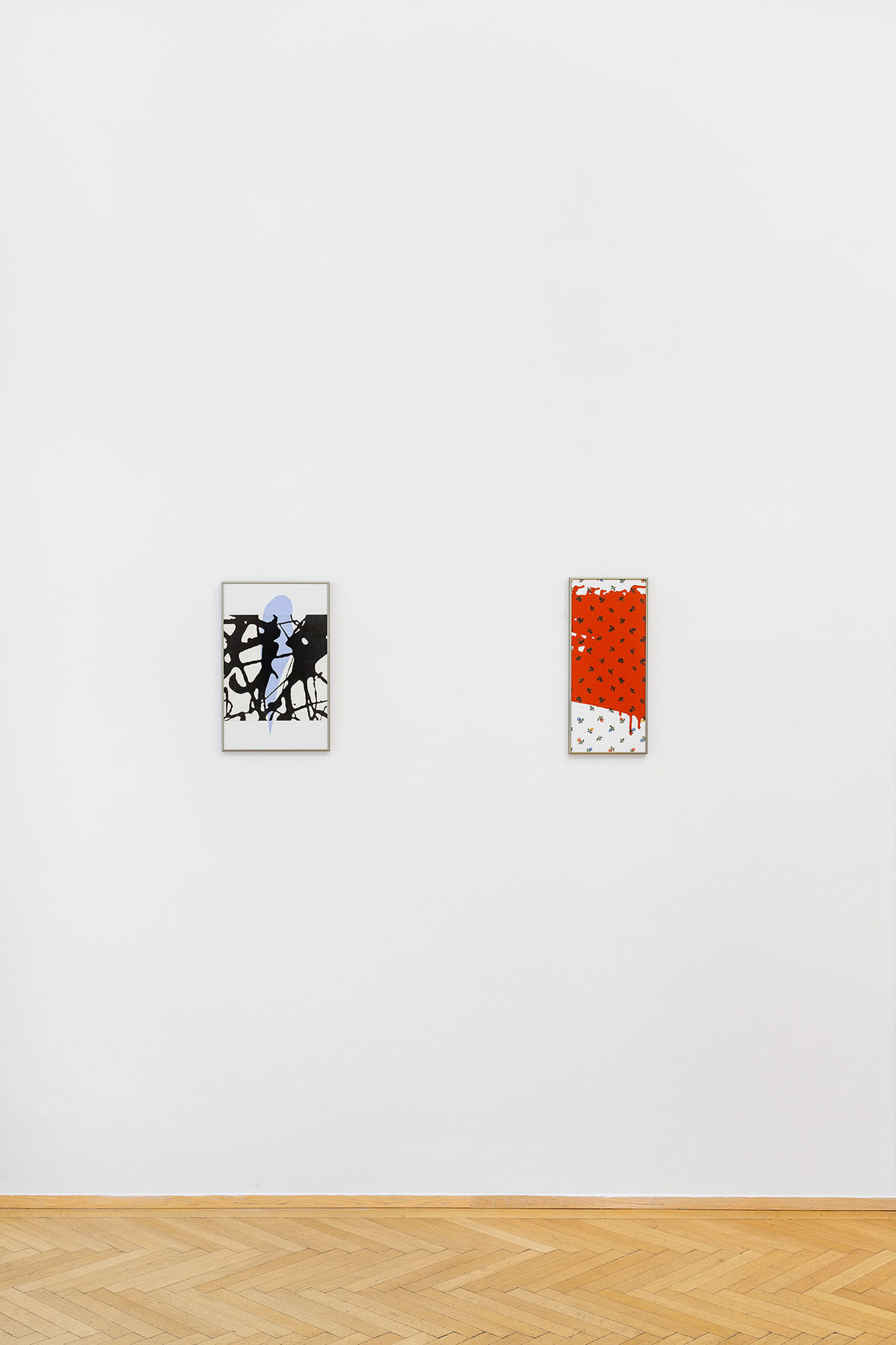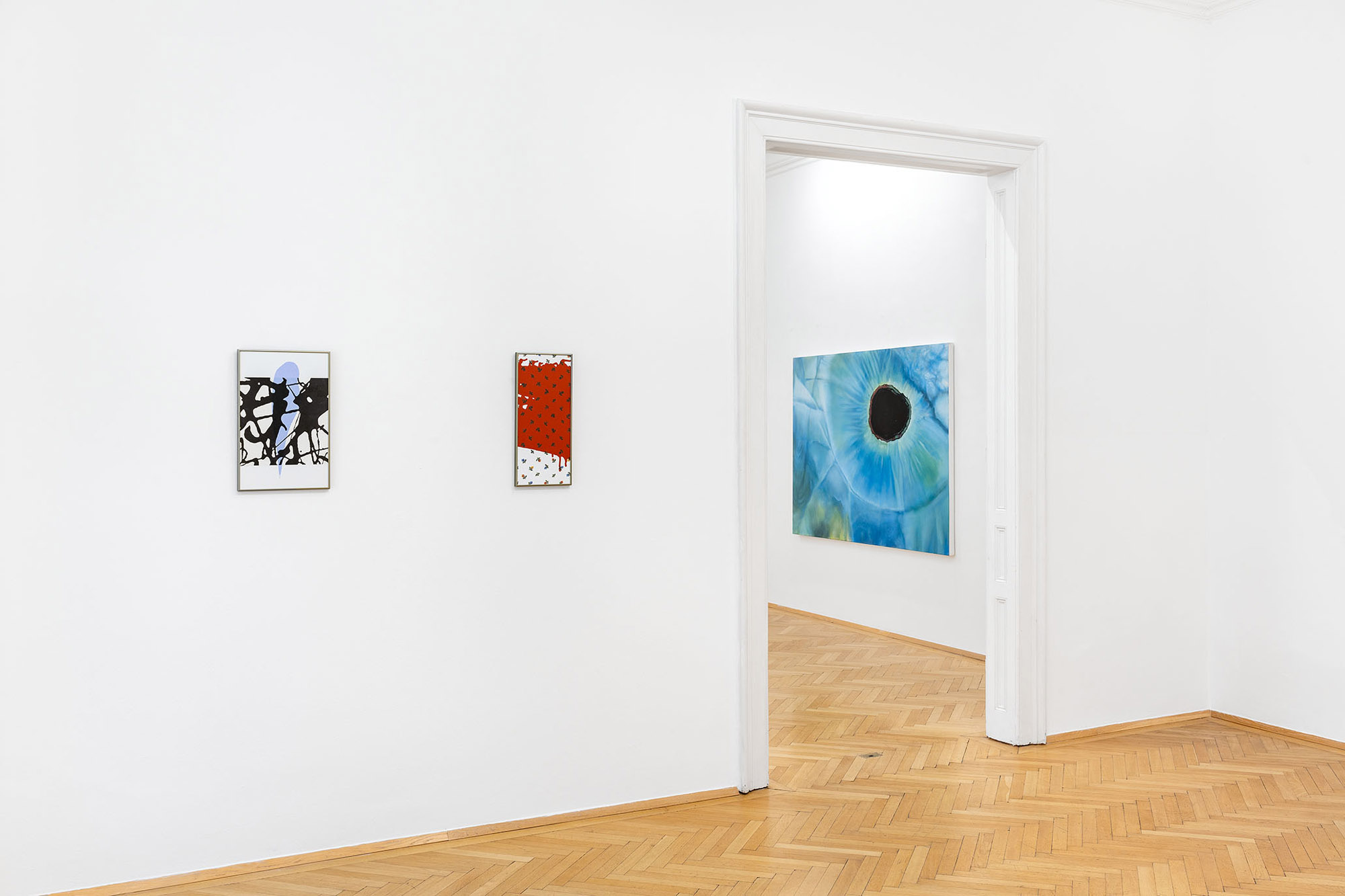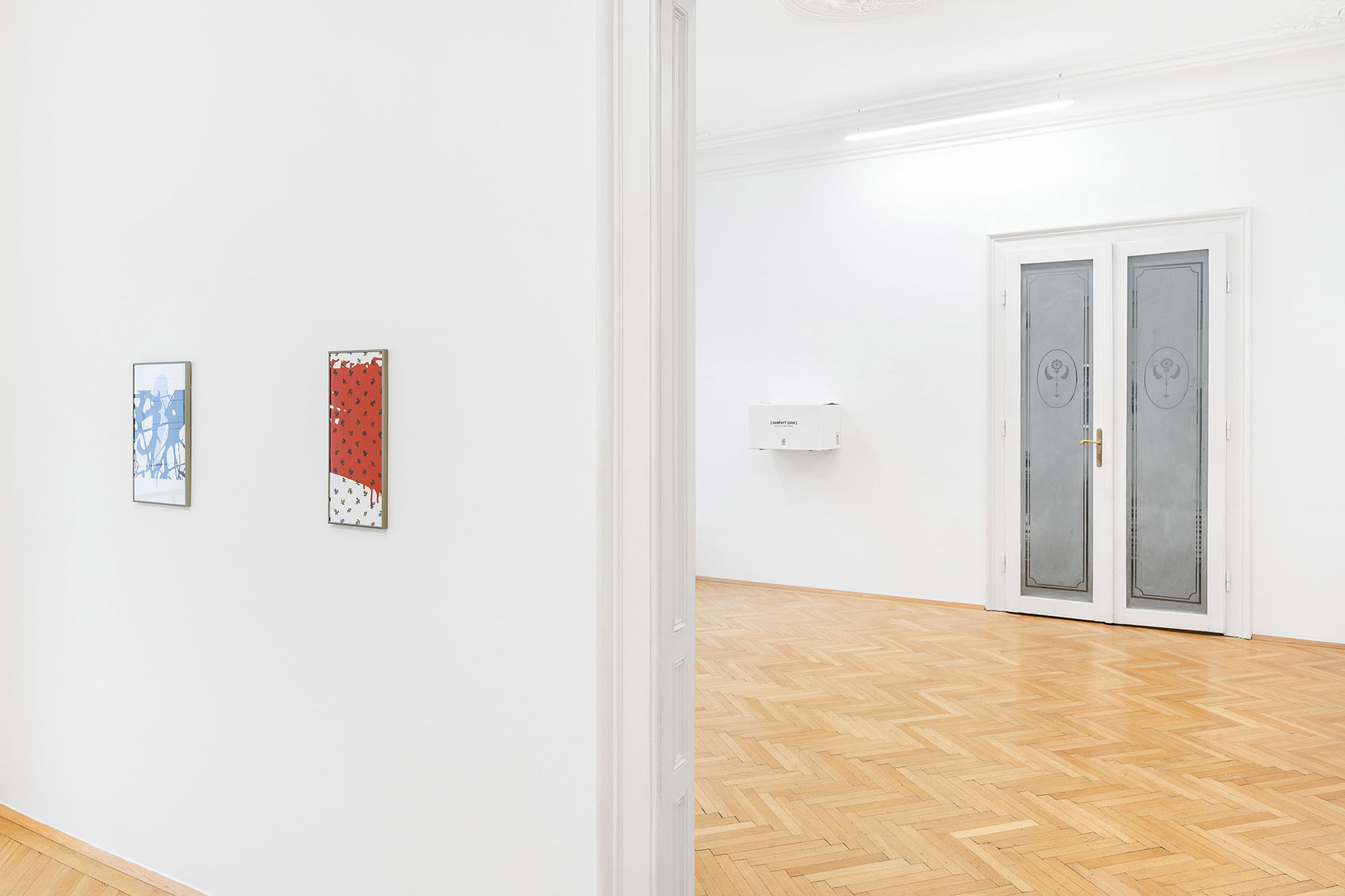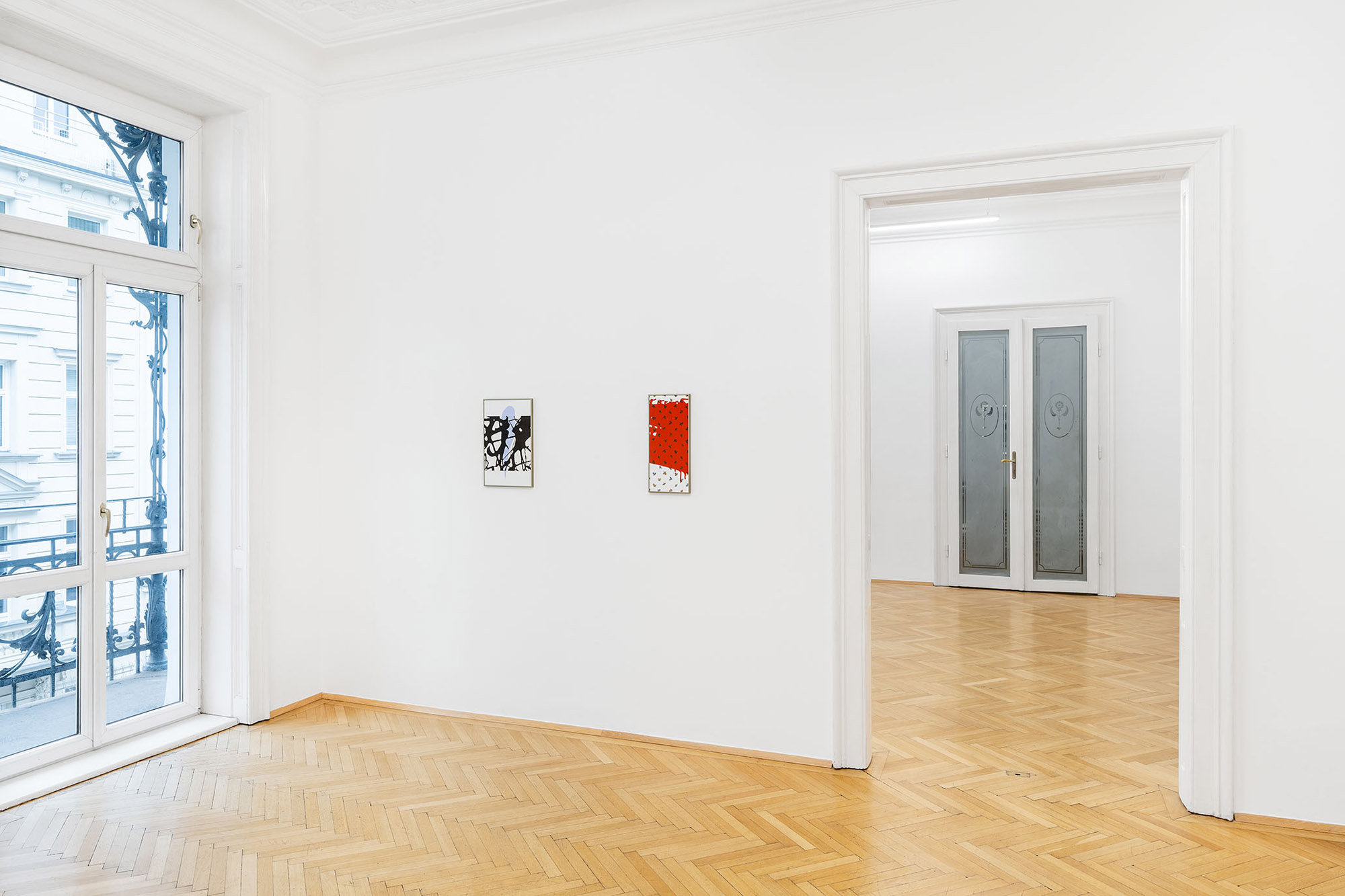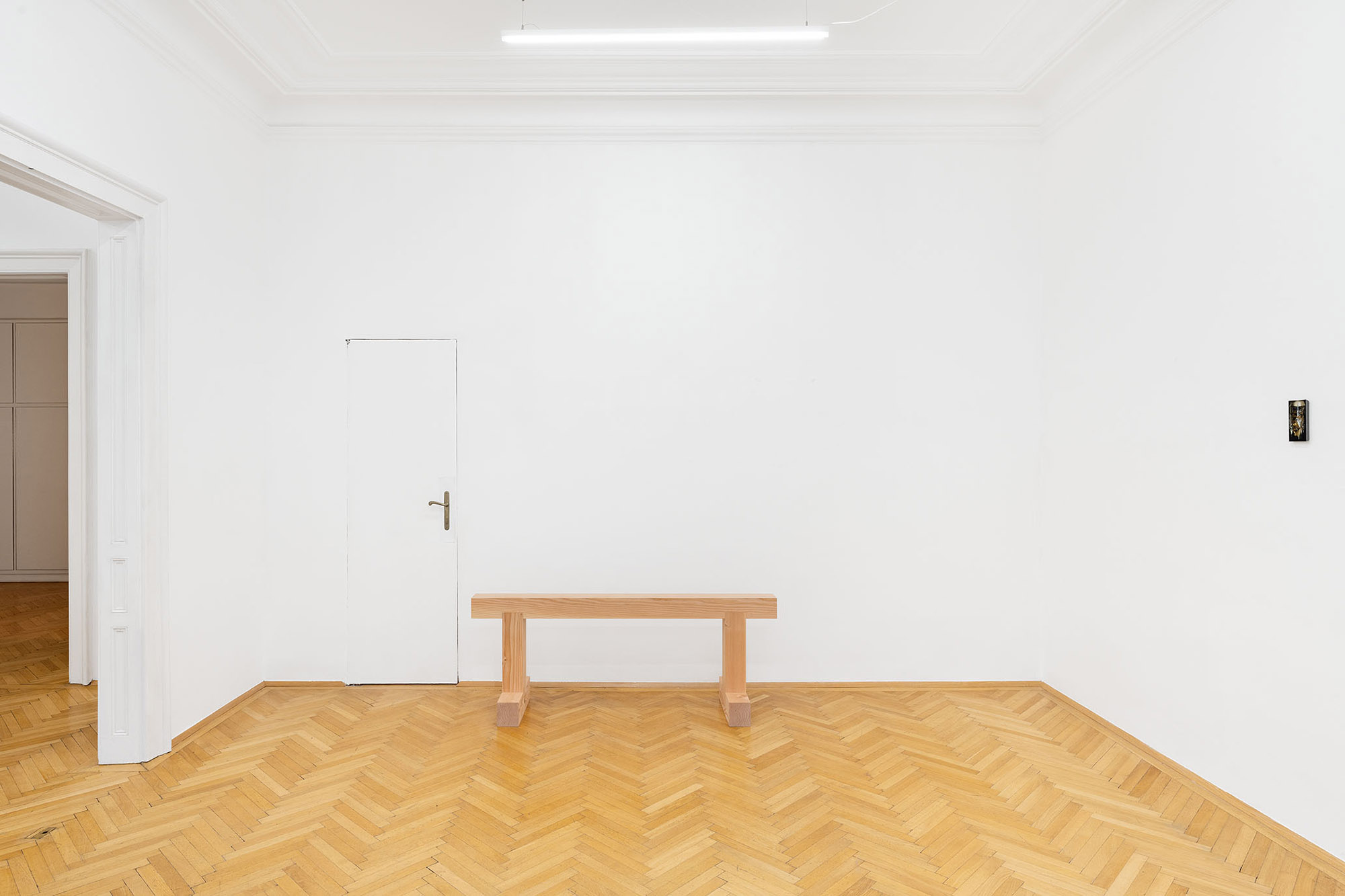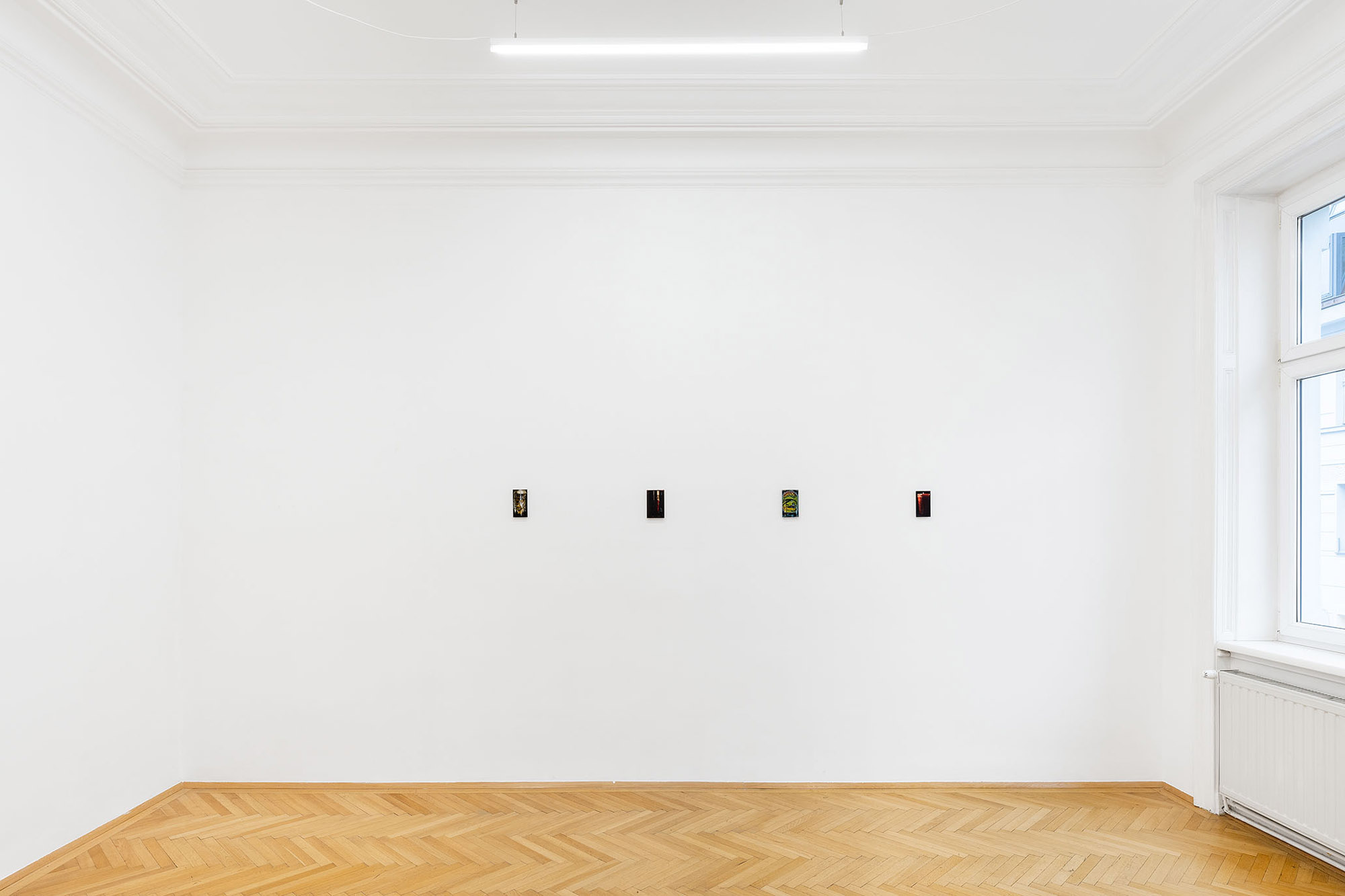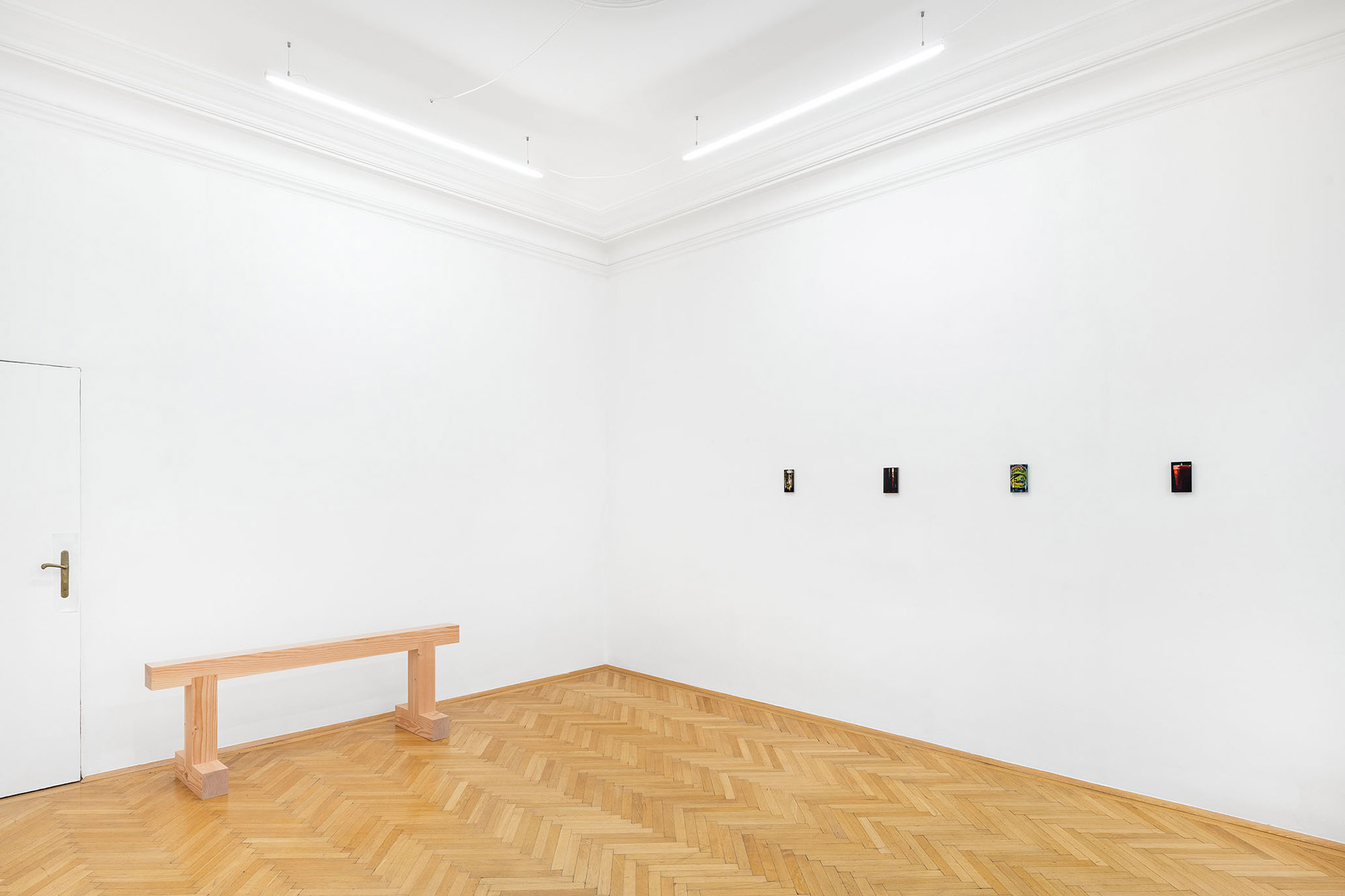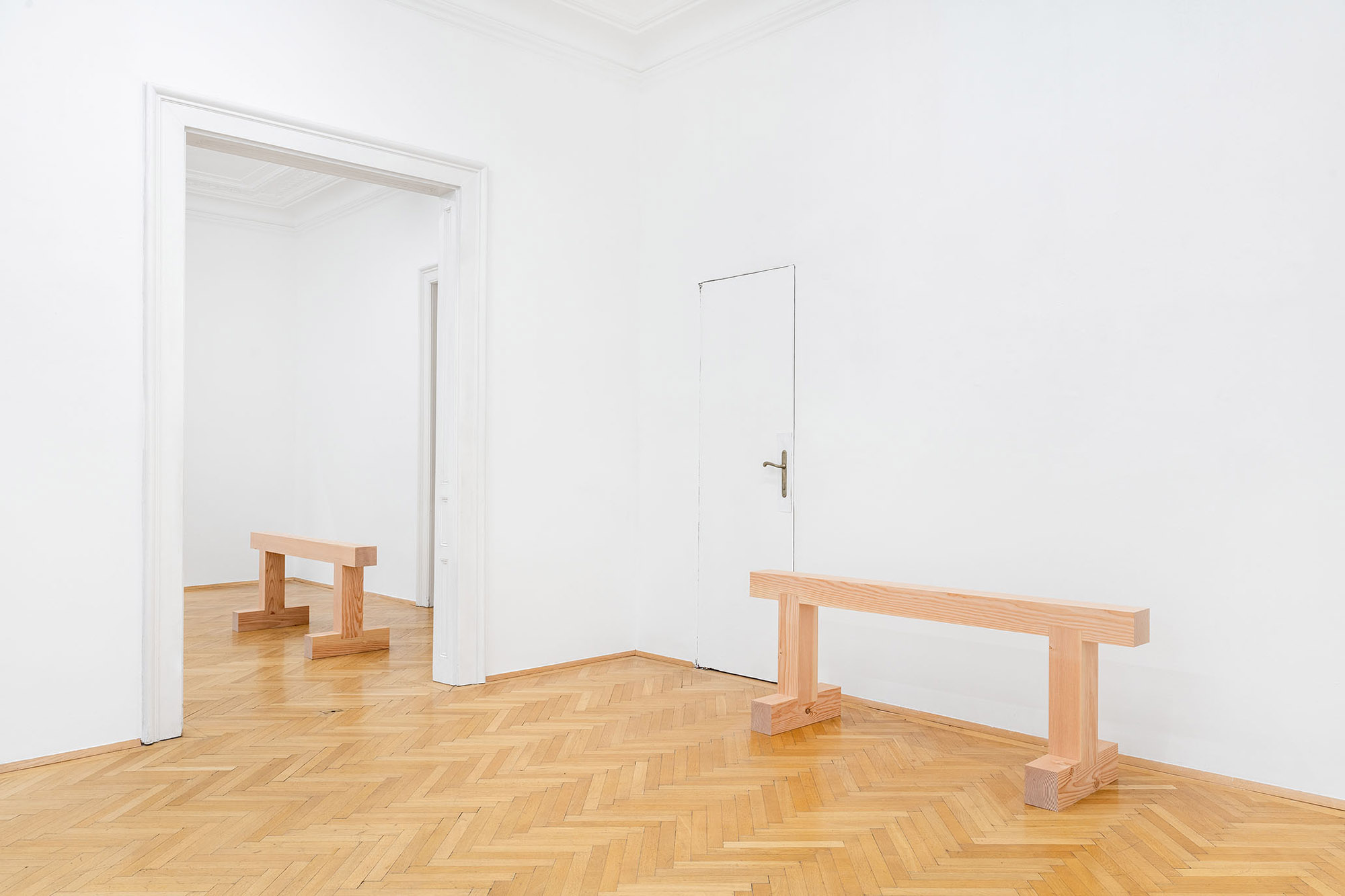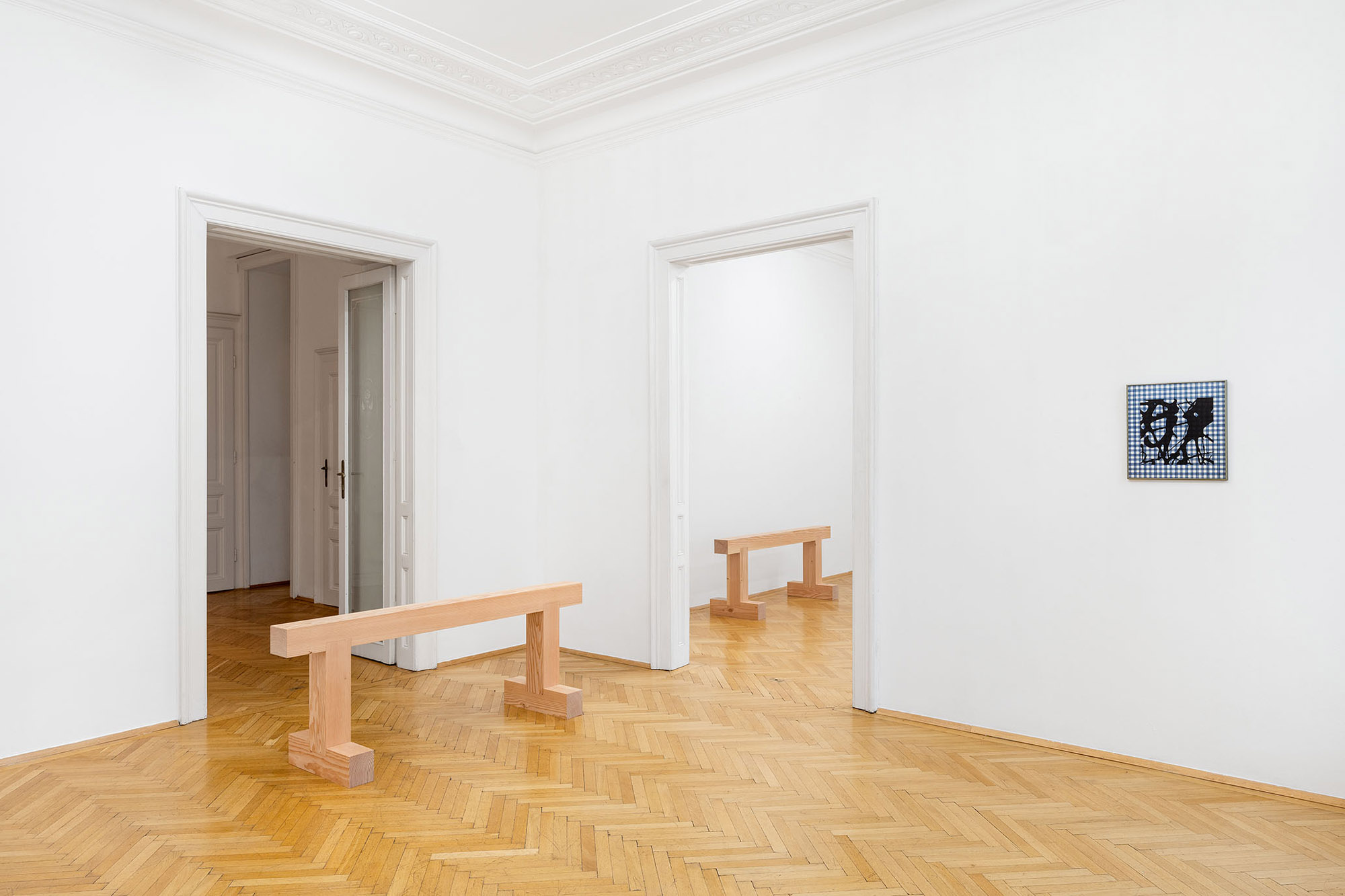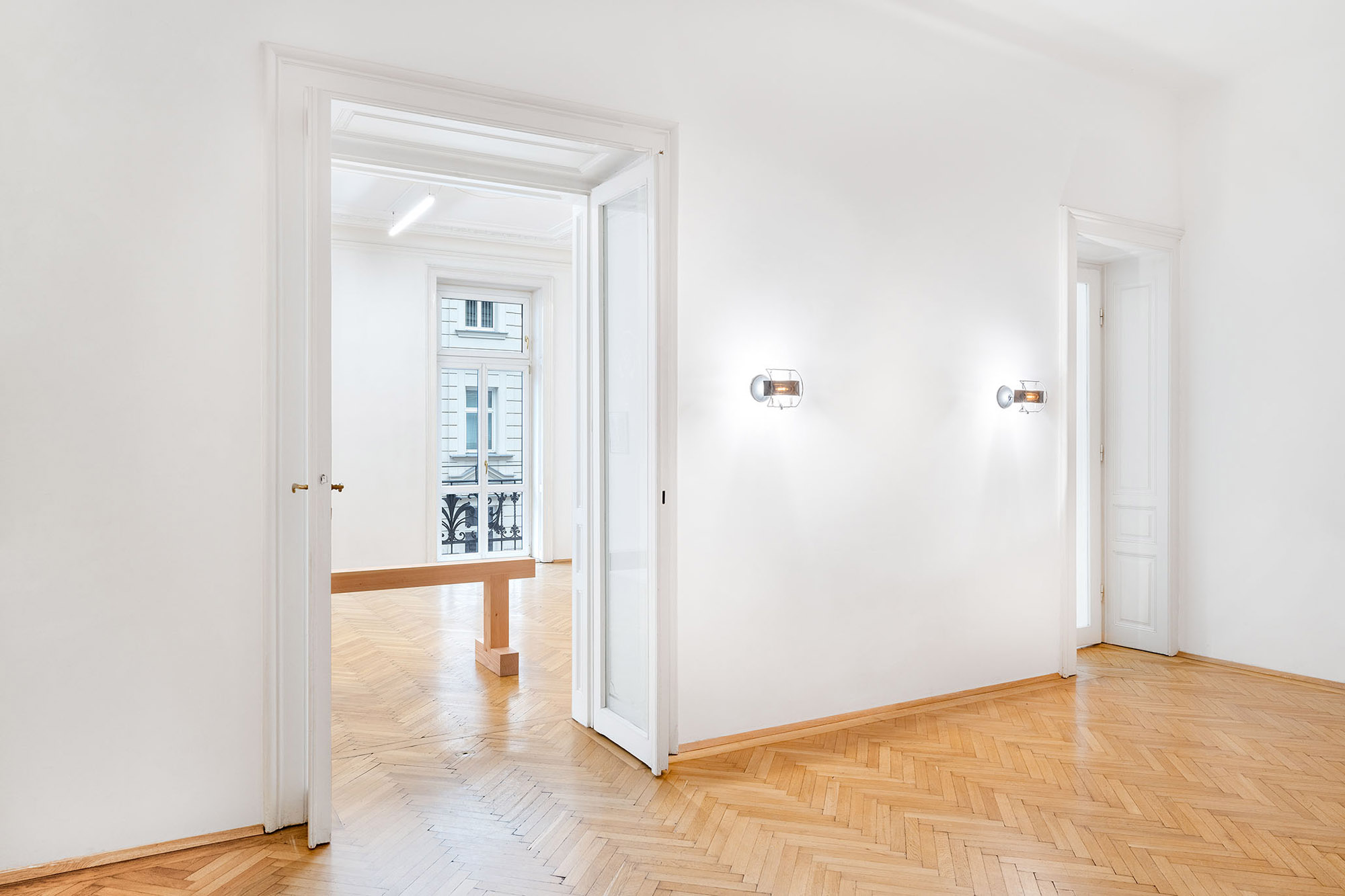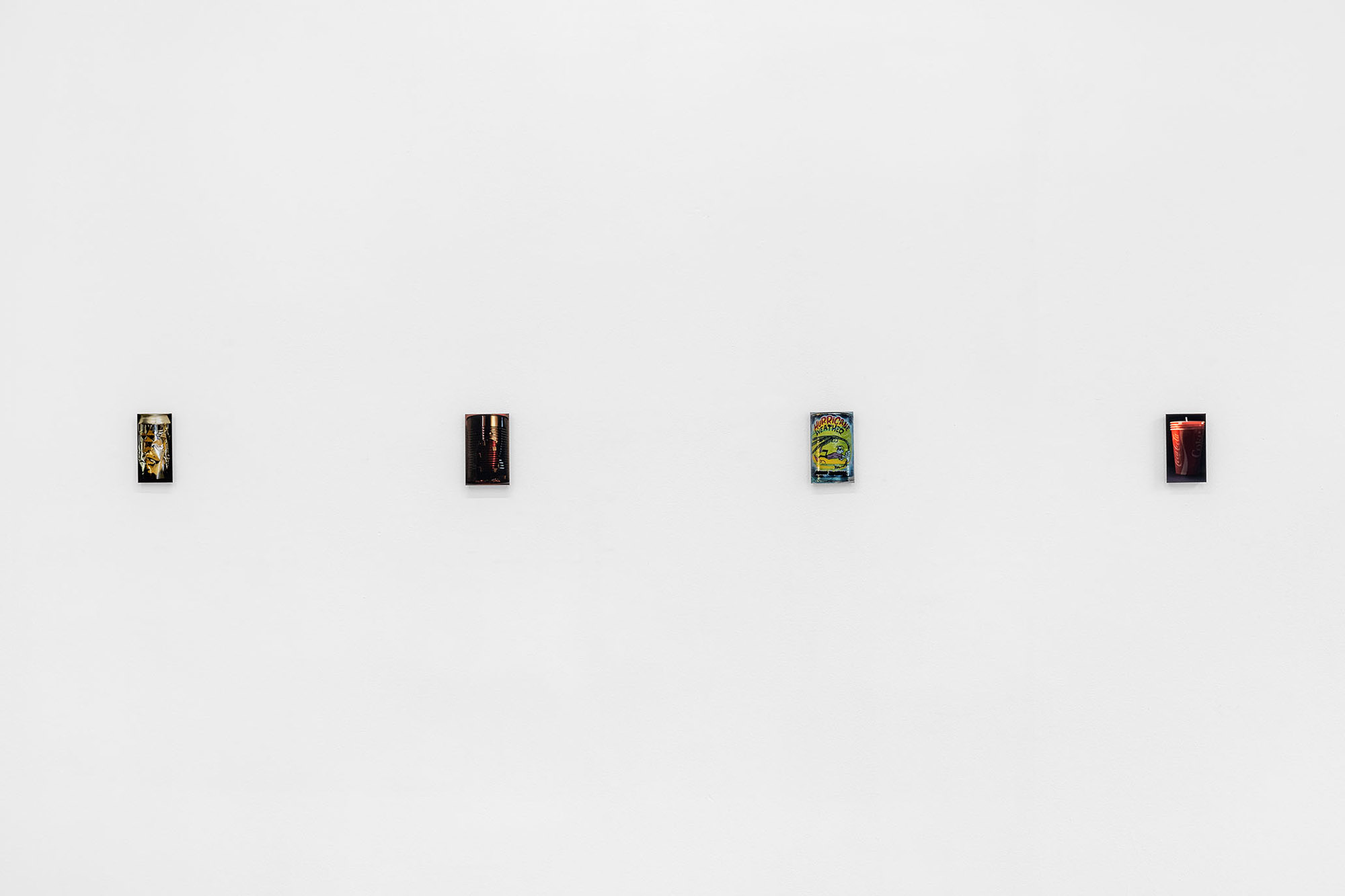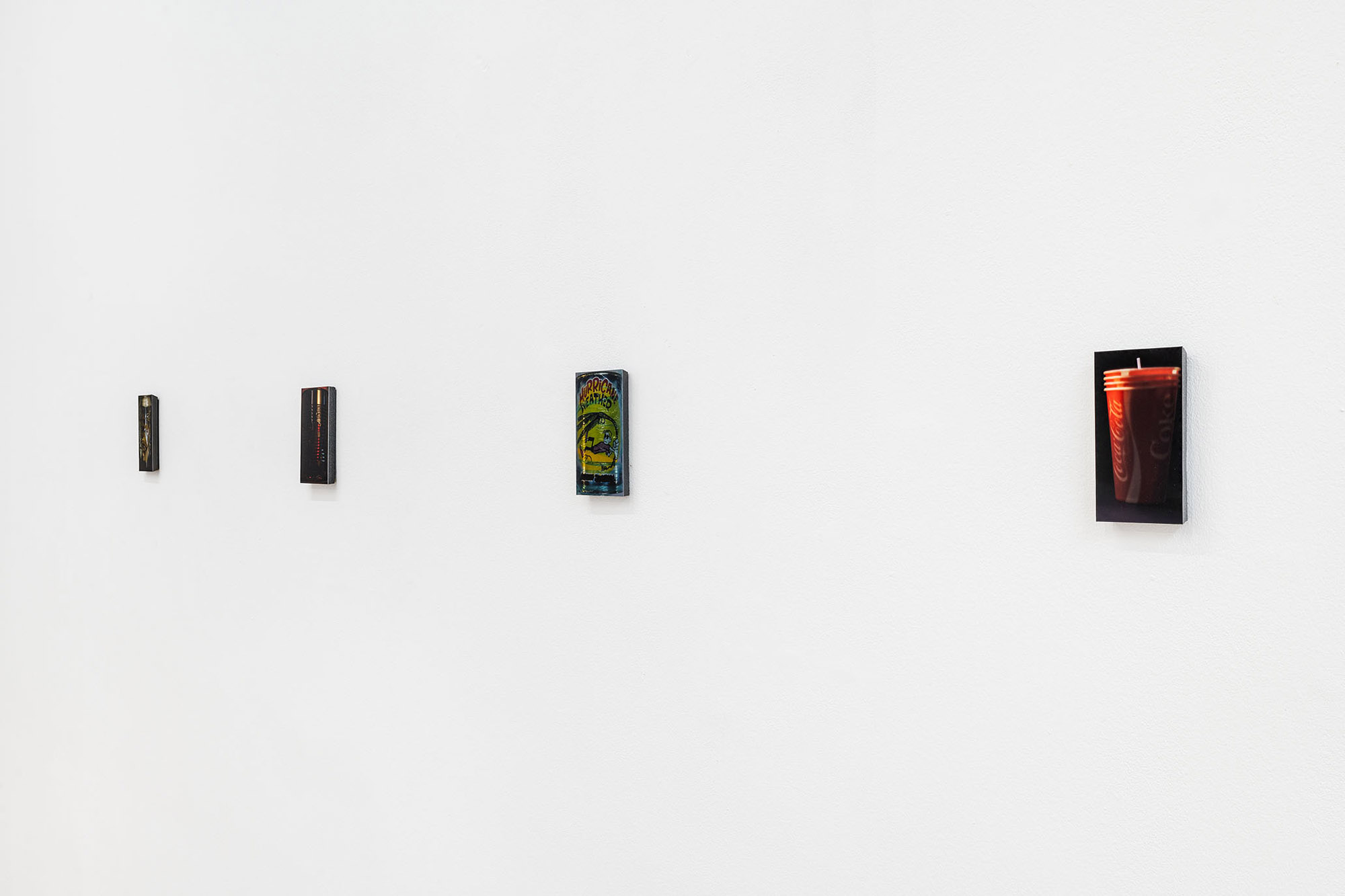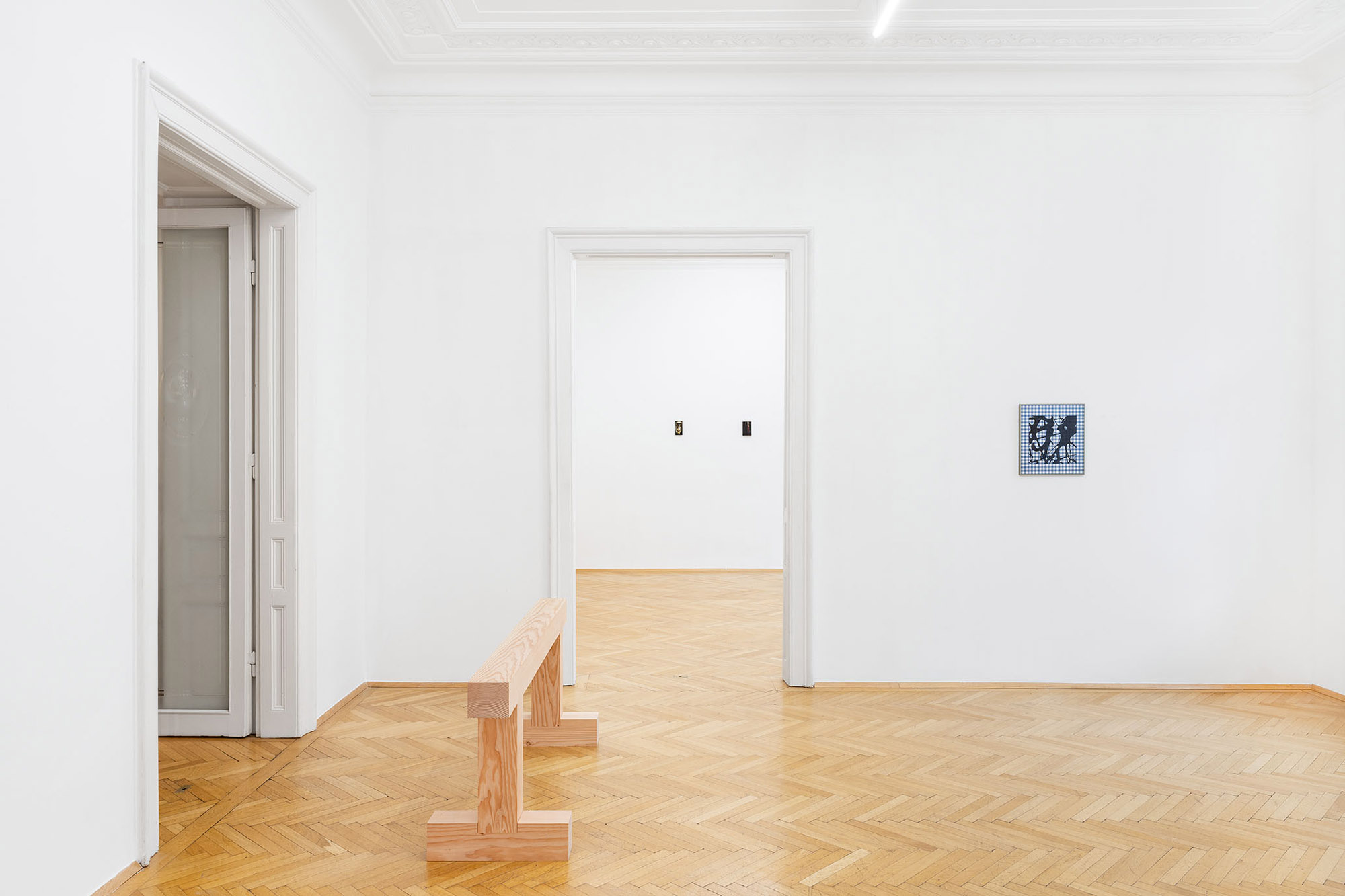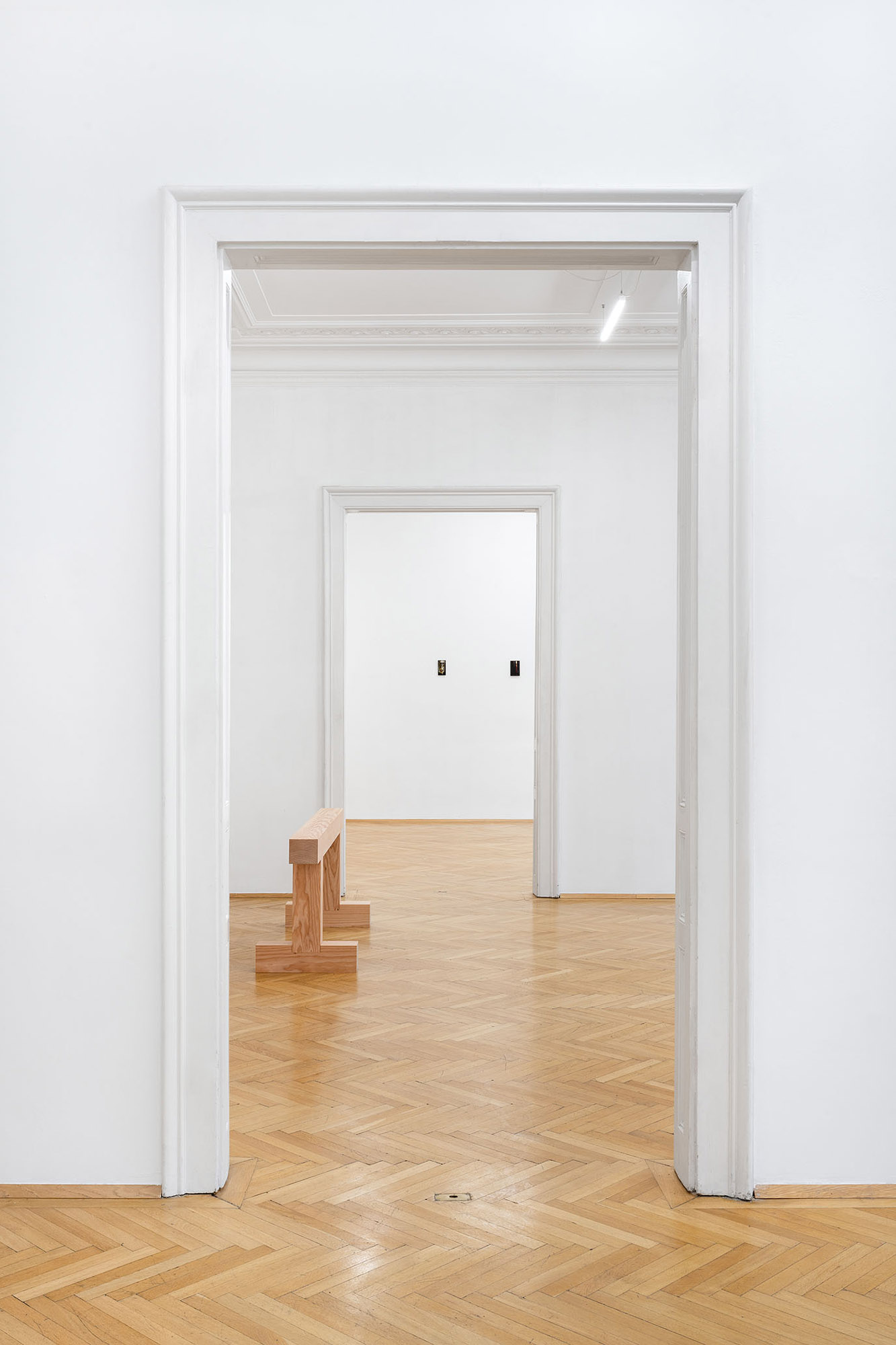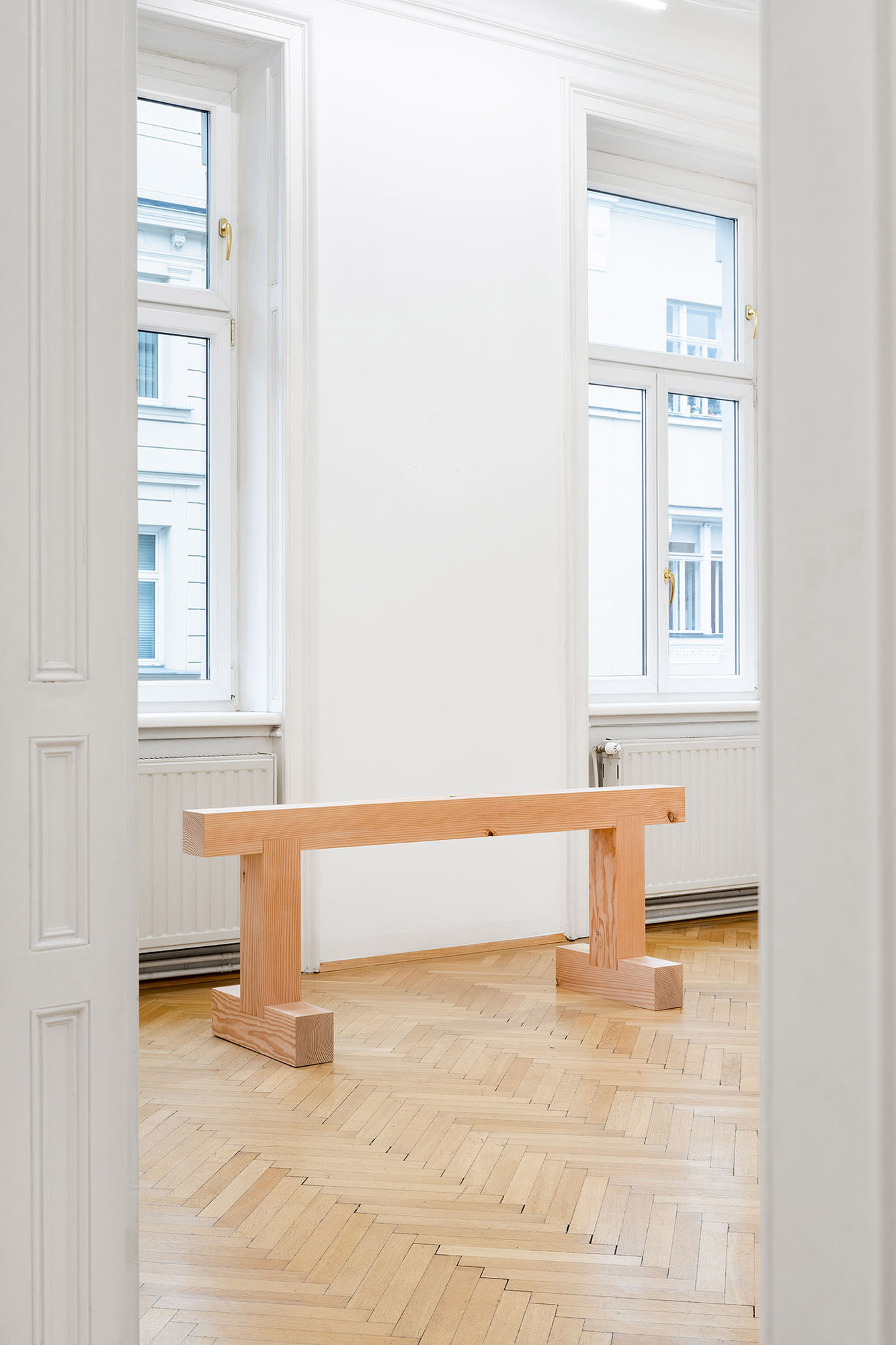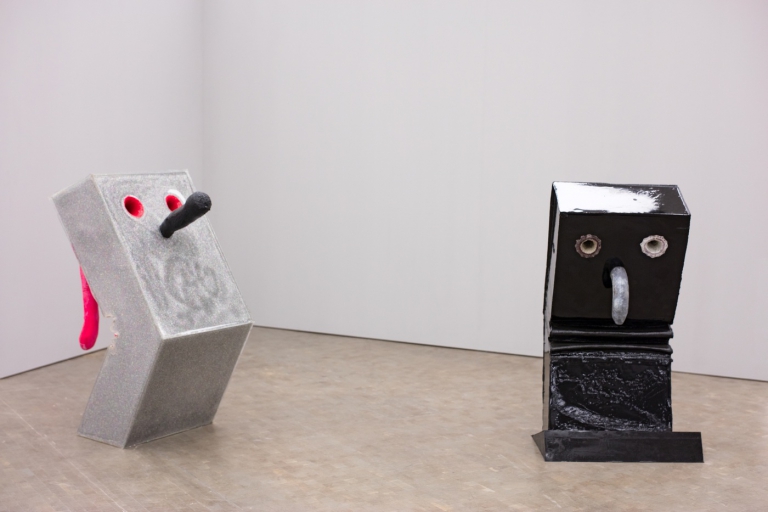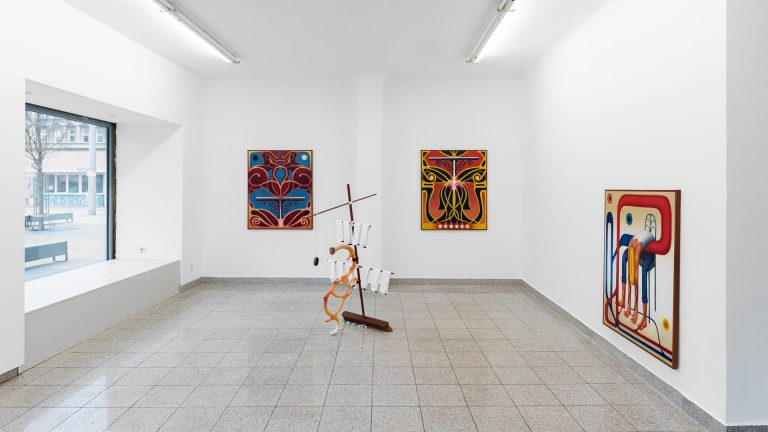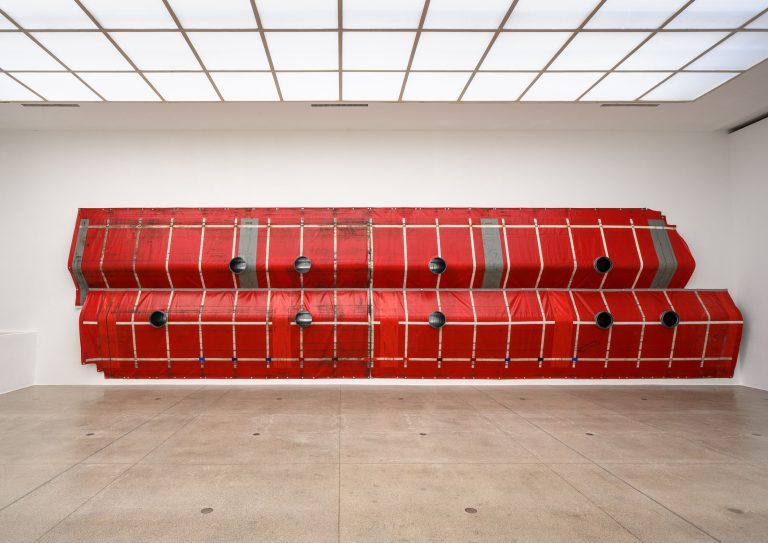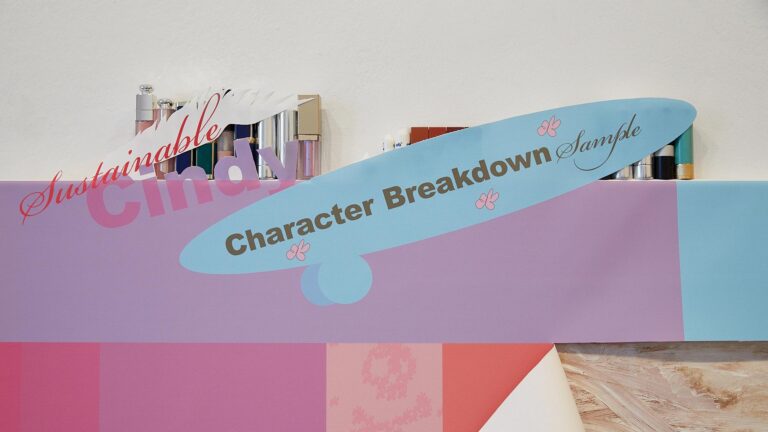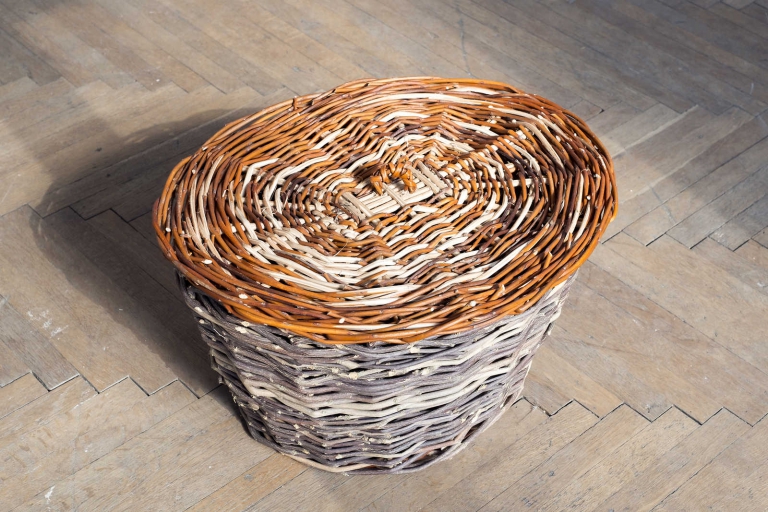At first sight, Raphael Rubinstein’s concept of provisional painting has little to do with what’s on stage here. The American critic tells us about “works that look casual, dashed-off, tentative, unfinished, or self-cancelling.”[1] Nothing of this kind is included in this exhibition, which nonetheless makes me return to Rubinstein’s provisionality, feeling the concept might offer a key to making sense of these works.
An unsigned text about Daan Van Golden on the website of the Misako & Rosen gallery mentions “the artist’s lifelong engagement with a radically creative practice of art finding.”[2] Does “art finding” oppose “art making”, I wonder. The text doesn’t say. As a distant observer of Pop Art, a European with a passion for traveling who never stuck around for long, Van Golden came up with works embedding everyday elements just like his more famous American peers would do. He found artworks in things, depending on contingency, refuting authorial authority as he left room to what life brought to him: works by other artists, textile and paper design, media images, and more.
Van Golden’s attitude was that of a commentator to the narratives of others, the nonchalant art finder against plenty of art makers, an analyst even. Traces of his attitude can be found in the other works on display: Sophie Nys’s interpretation of the simplest bench found on the ski slope, blown up in proportions but only slightly, utilitarian insofar as one is willing to touch an artwork; Laurent Dupont’s cardboard boxes, overpainted the same way he found them, falsely simple works over which one should linger; Megan Plunkett’s banalities turned digital oddities, not quite the image-based magic realism one would expect; Hong Zeiss’s painted copies of natural stones, with their details becoming found painting motif, freed from the responsibility of composition.
This exhibition looks at the provisional despite its formal translation in painting, which was Rubinstein’s original focus in his essay. Instead, the show leaves provisional painting for provisional ways, showcasing artists that are provisional insofar as they embrace being subjects to their world, annotating, and attentive to what comes across.
Piero Bisello
[1] Raphael Rubinstein, “The Turn to Provisionality in Contemporary Art”, Bloomsbury.
[2] https://misakoandrosen.jp/en/exhibitions/14/04/

